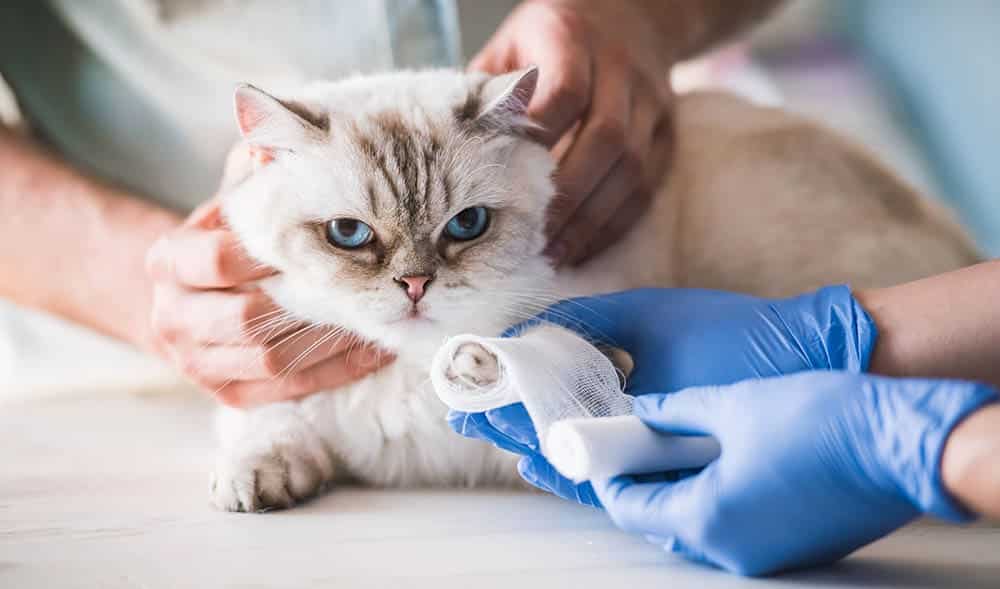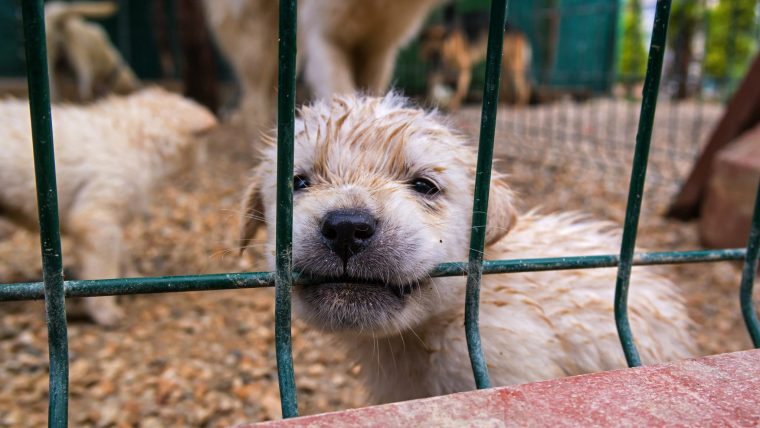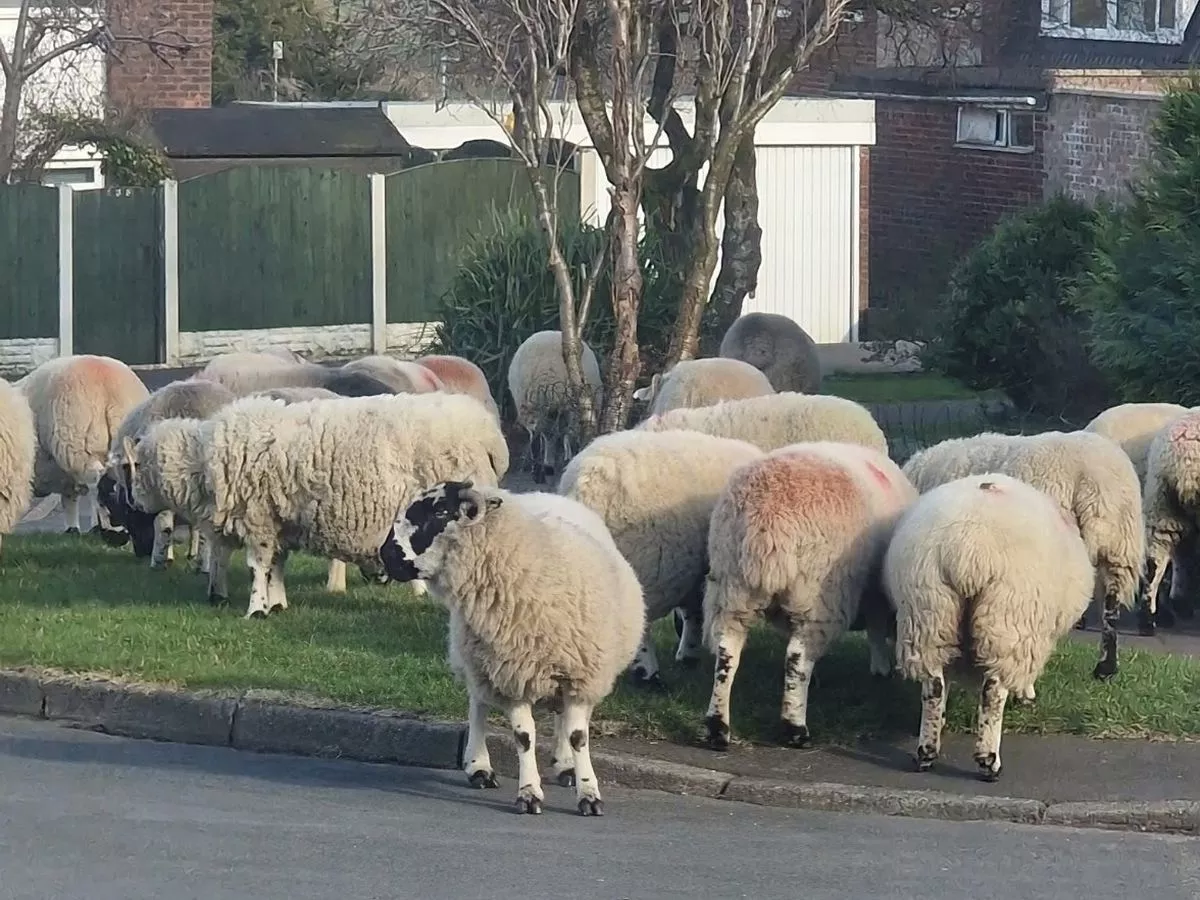Imagine scrolling through social media and seeing a tough-looking dog with sharply cropped ears, its image splashed across a celebrity’s feed or a blockbuster movie trailer. It’s a striking look, but behind it lies a painful story of cruelty that UK MPs are now fighting to erase from our screens. In 2025, a group of MPs, led by veterinary surgeon Dr. Neil Hudson, ignited a movement to ban depictions of cropped-ear dogs in films, TV, and media, arguing that such images normalize a “horrific, cruel, and clinically unnecessary” practice. This article dives into the heart of this campaign, exploring why ear cropping is a growing concern, its impact on animal welfare, and how media plays a role in perpetuating this cruelty. With personal anecdotes, expert insights, and practical advice, we’ll uncover what this means for pet owners, filmmakers, and animal lovers alike.
What Is Ear Cropping and Why Is It Controversial?
Ear cropping is a surgical procedure where parts of a dog’s ears are cut or reshaped, often for cosmetic reasons to create a “tough” or “alert” appearance. Banned in the UK since 2006 under the Animal Welfare Act, it’s still legal in countries like the USA, fueling a rise in illegally cropped dogs appearing in the UK. The controversy stems from its lack of medical necessity and the pain it inflicts, often without anesthesia.
The Painful Reality of Ear Cropping
The procedure involves slicing off a dog’s ear flaps, sometimes with crude tools like scissors, leaving them vulnerable to infections and long-term health issues. I once met a rescue dog, a sweet bully breed named Max, whose cropped ears were so infected they required weeks of treatment. It’s a stark reminder of the suffering behind the “stylish” look.
Why the Resurgence in the UK?
Despite being illegal, ear cropping reports have surged by over 2,000% in the last decade, according to the RSPCA. Loopholes allowing imports of cropped dogs and media glorification are driving demand. This has prompted MPs to take action to curb the trend.
The MPs’ Campaign: A Call to Action
In May 2025, Dr. Neil Hudson, a Conservative MP and veterinarian, penned an open letter, signed by 21 colleagues, urging media outlets to stop showcasing cropped-ear dogs. The campaign highlights how films like Disney Pixar’s Up (2009) and DC League of Super-Pets (2022) inadvertently glamorize this cruel practice, misleading audiences into thinking it’s acceptable.
Dr. Neil Hudson’s Role
As the first veterinary surgeon elected to the House of Commons since 1884, Hudson brings unique expertise to this fight. His letter cites the Cinematograph Films (Animals) Act 1937, which prohibits cruelty in film production, arguing that depicting cropped ears violates this spirit. His passion stems from years of treating mutilated dogs in his clinic.
The RSPCA’s Stance
The RSPCA, a key supporter, reports a 621% increase in ear cropping cases from 2015 to 2020. David Bowles, head of public affairs, emphasizes that media depictions fuel demand, urging the public to reject this trend. Their data underscores the urgency of the MPs’ call.
How Media Normalizes Ear Cropping
From Hollywood blockbusters to social media influencers, cropped-ear dogs are often portrayed as fierce or desirable, masking the cruelty behind their appearance. This normalization drives demand, encouraging illegal cropping in the UK and imports from countries where it’s still legal.
Hollywood’s Role in the Problem
Films like Up and DC League of Super-Pets feature dogs with cropped ears, often CGI-generated, which can mislead audiences. For example, Ace the Bat-Hound’s cropped ears in Super-Pets were intended to mimic Batman’s cowl, but they resemble real-life mutilations, sparking concern among welfare groups.
Social Media and Celebrity Influence
Celebrities posting cropped-ear dogs on platforms like Instagram amplify the trend. The RSPCA notes a 236% rise in cropping reports from 2015 to 2019, partly linked to social media. When I saw a celebrity’s cropped-ear dog go viral, it hit me how easily these images shape public perception.
Comparison: Media Depictions vs. Reality
| Aspect | Media Depiction | Reality |
|---|---|---|
| Appearance | Tough, stylish | Painful mutilation |
| Health Impact | Not shown | Infections, hearing issues |
| Legality | Often ignored | Illegal in UK since 2006 |
| Public Perception | Desirable | Misleads on cruelty |
The Legal Landscape: UK Laws and Loopholes
Ear cropping has been illegal in the UK under the Animal Welfare Act 2006, with penalties including up to six months in prison or unlimited fines. However, loopholes allowing imports of cropped dogs and lax enforcement have fueled a resurgence, prompting calls for stronger laws.
Current UK Laws
Section 5 of the Animal Welfare Act prohibits non-exempted mutilations like ear cropping. The Animal Welfare (Sentencing) Bill, progressing in 2025, aims to increase penalties to five years’ imprisonment. This reflects the government’s commitment to tougher enforcement.
The Import Loophole
It’s legal to import cropped-ear dogs, creating a loophole where owners claim the procedure was done abroad. A 2025 case in Newport saw a breeder use fake pet passports to disguise illegal cropping, highlighting the need for import bans.
Proposed Legislation
The Animal Welfare (Import of Dogs, Cats, and Ferrets) Bill, introduced by former MP Selaine Saxby, seeks to ban imports of mutilated animals. Though stalled by the 2024 election, MPs are pushing to revive it, closing loopholes that enable cruelty.
The Welfare Impact: Why Ear Cropping Harms Dogs
Ear cropping offers no health benefits and can cause significant harm, from immediate pain to long-term issues like infections or impaired communication. Veterinary organizations like the AVMA and BVA oppose it, citing its cruelty and lack of medical justification.
Health Risks of Ear Cropping
Cropped ears are prone to infections, especially in “battle crop” styles where the ear canal is exposed. A 2020 study found no link between ear cropping and reduced infections, debunking myths. Max, the rescue dog, suffered chronic ear pain due to his cropped ears.
Behavioral and Communication Issues
Dogs use their ears to express emotions and communicate with others. Cropping impairs this, leading to stress or aggression. Battersea Dogs & Cats Home reported a rise in cropped-ear dogs in their care, many showing behavioral issues from the trauma.
Pros and Cons of Ear Cropping (Debunked)
- Pros (Mythical):
- Prevents ear infections (unproven).
- Enhances “tough” look (cosmetic only).
- Cons (Real):
- Painful, often without anesthesia.
- Risk of infections and hearing loss.
- Illegal in the UK, with severe penalties.
What Can Be Done? Solutions and Actions
MPs, welfare groups, and the public are rallying to end the cropped-ear trend. From legislative changes to public awareness campaigns, there are actionable steps to curb this cruelty and protect dogs.
Legislative Solutions
Supporting bills like the Animal Welfare (Import of Dogs, Cats, and Ferrets) Bill is crucial. MPs urge the government to close import loopholes and increase penalties. The RSPCA’s campaign page (rspca.org.uk) encourages contacting MPs to push for action.
Media Responsibility
Filmmakers and advertisers should follow BVA guidelines (bva.co.uk/pets-in-advertising) to avoid depicting cropped ears. Public pressure, like the #CutTheCrop campaign, can urge studios like Warner Bros to reconsider their portrayals.
Public Awareness and Action
The “Petfished” campaign by Defra educates buyers to avoid deceitful sellers. Choosing reputable breeders, like those under the Kennel Club’s Assured Breeder scheme, ensures dogs haven’t been mutilated. Sharing #EndTheTrend on social media can amplify the message.
Case Studies: Real-Life Impacts
Real stories highlight the urgency of this issue. In 2021, Battersea took in Milo, a six-month-old dog with cropped ears and a docked tail, both illegal in the UK. His pain was evident, but with care, he found a loving home. Similarly, a 2025 Stoke-on-Trent case saw a breeder jailed for cropping ears, exposed by BBC Panorama’s undercover work.
Milo’s Story
Milo arrived at Battersea malnourished, his cropped ears infected. His recovery showed the resilience of rescue dogs but underscored the cruelty of cropping. His new owner’s love helped him thrive, proving there’s hope beyond mutilation.
The Stoke-on-Trent Case
A breeder charging £450 per cropping was sentenced in 2025 after a BBC investigation. The judge called it a “vile trade,” highlighting how profit drives this cruelty. Such cases fuel MPs’ calls for media reform.
People Also Ask (PAA) Section
What is ear cropping in dogs?
Ear cropping is a cosmetic surgery where a dog’s ear flaps are cut or reshaped, often for aesthetic reasons. It’s illegal in the UK and causes pain and health issues.
Why are MPs calling to halt cropped-ear dog depictions?
MPs argue that media portrayals normalize this cruel, illegal practice, driving demand. They want films and ads to stop showcasing cropped ears to protect animal welfare.
Where can I report ear cropping in the UK?
Contact the RSPCA (rspca.org.uk) or local authorities to report suspected illegal cropping. Provide photos or details to aid investigations.
How can I support the campaign against ear cropping?
Join campaigns like #CutTheCrop, contact your MP via petition.parliament.uk, or share awareness on social media to discourage demand for cropped dogs.
FAQ Section
Why is ear cropping illegal in the UK?
Ear cropping is banned under the Animal Welfare Act 2006 as it’s a non-exempted mutilation with no medical benefit, causing pain and harm to dogs.
How does media influence ear cropping trends?
Films and social media glorify cropped ears, making them seem desirable, which fuels illegal cropping and imports. Examples include Up and DC League of Super-Pets.
What are the penalties for ear cropping in the UK?
Offenders face up to six months in prison or unlimited fines. The Animal Welfare (Sentencing) Bill may increase this to five years.
Where can I find reputable dog breeders?
Look for Kennel Club’s Assured Breeder scheme members (thekennelclub.org.uk) to ensure dogs are healthy and not mutilated.
How can I help stop ear cropping?
Avoid supporting media or breeders promoting cropped dogs, report illegal cases to the RSPCA, and support campaigns like #EndTheTrend.
Tools and Resources for Fighting Ear Cropping
- Report Cruelty: Use RSPCA’s reporting tool at rspca.org.uk/reportcruelty.
- Petfished Campaign: Learn to spot deceitful sellers at gov.uk/petfished.
- BVA Guidelines: Access responsible pet advertising tips at bva.co.uk/pets-in-advertising.
- Petitions: Support import bans at petition.parliament.uk.
Comparison: UK vs. USA on Ear Cropping
| Aspect | UK | USA |
|---|---|---|
| Legality | Illegal since 2006 | Legal in many states |
| Penalties | Up to 6 months prison, fines | Varies, often none |
| Public Perception | Seen as cruel | Often normalized |
| Veterinary Stance | BVA opposes | AVMA opposes but practiced |
Final Thoughts
The MPs’ call to halt depictions of cropped-ear dogs is a wake-up call for all of us—filmmakers, pet owners, and animal lovers. By glamorizing a cruel practice, media fuels a cycle of suffering that’s left dogs like Max and Milo in pain. Supporting tougher laws, choosing ethical breeders, and spreading awareness can end this trend. Let’s rally behind #CutTheCrop and give dogs the floppy ears they deserve, free from pain and full of love.

























